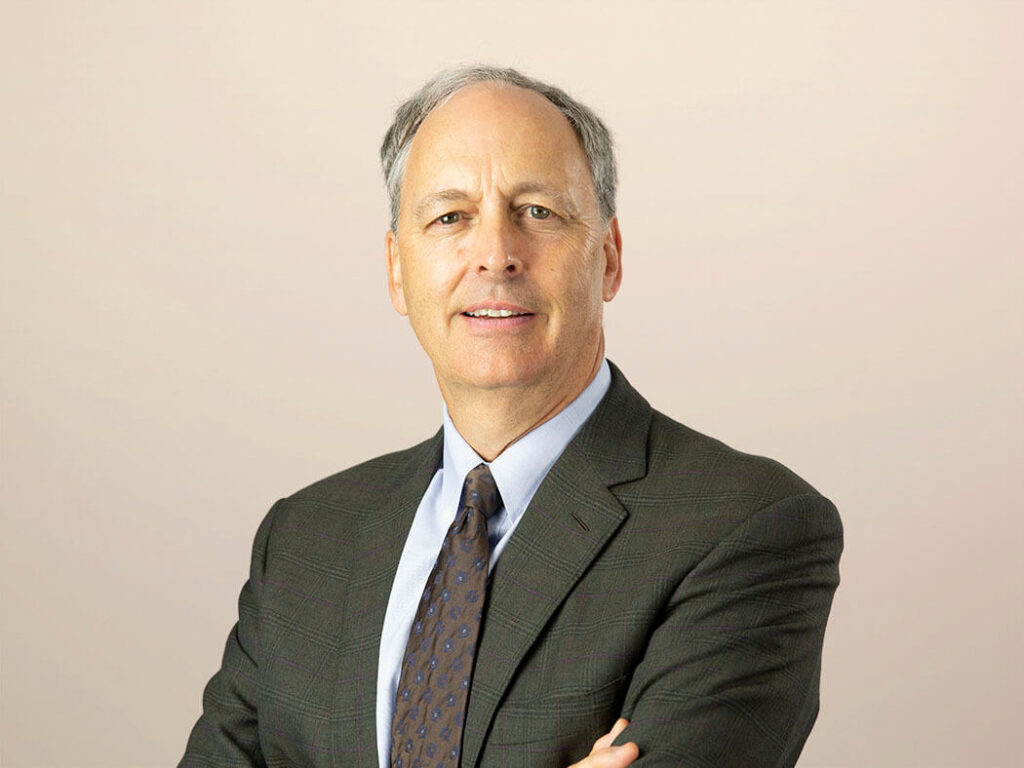The CEO And The Salesforce
In 2011 I asked 12 of the top tech CEOs if their salesforces were getting their companies to their strategic goals. The CEOs had scathing feedback — their salesforces were behind the curve, low IQ, lacking the confidence to call at a high level, unsystematic, and stuck in low growth. It wasn’t pretty. At Davos this year I surveyed 15 CEOs across 10 industries — I wanted to know what they were personally doing to turn this mess around. Yesterday I spoke at Forrester’s Forum for Sales Enablement Professionals (persona to the left) in Phoenix and I presented the results:
The CEOs are very engaged in sales. Their activities include:
- Selling — “1/3rd of my time.” “I meet with 1,000 customers a year.”
- Measuring — “I build metrics and hold the salesforce to them.”
- Visioning — “I spend a lot of time broadcasting the strategy and vision to the salespeople.” “I preach the vision through my blog and at company meetings.”
- People — Hiring, training, awarding, compensating.
That’s the good news. The bad news is that CEO activity is frenetic, unplanned, and unsynchronized. In short, the CEOs approached selling activities with the same disorganization they had observed in their salesforces. Enter the Sales Enablement Professionals. These executives are building programs to increase the productivity of sales at companies like Cisco and HP.
I told them that their sales enablement plan must include the top leader: 1) educate the CEO on the voyage, 2) demand that the CEO have a role in that plan, and then 3) continually communicate the metrics and results of the plan. Tell the CEO what to do, when to do it, and with what types of customers.
My advice to CEOs? Once you understand and buy into the plan, follow it. This will powerfully signal your salesforce to do the same.
